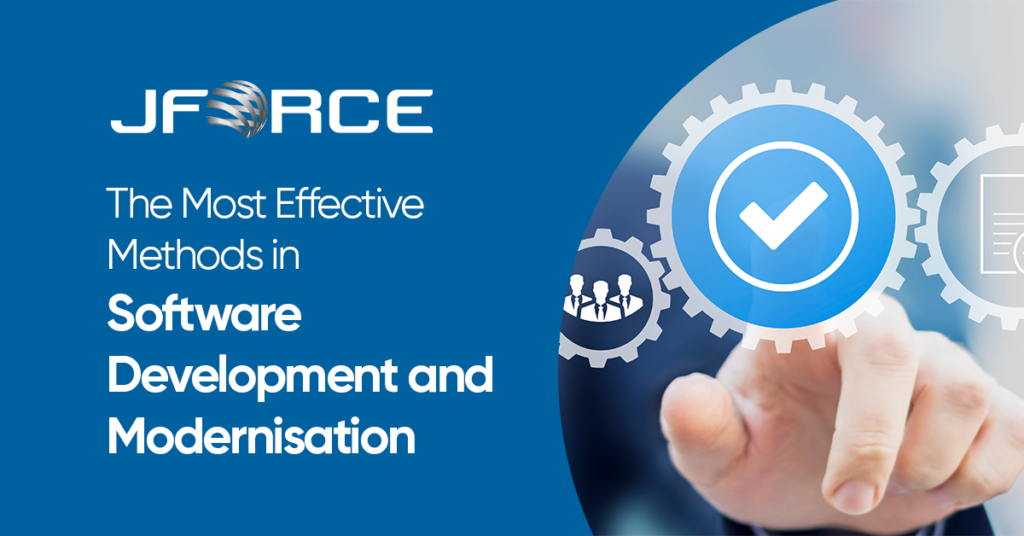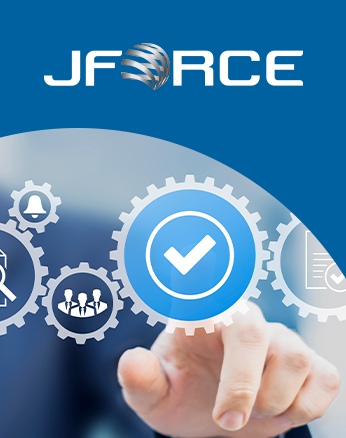
In software development, it is impossible to manage business processes and stay strong against your competition with old systems. Therefore, companies need to invest in software modernisation.
Systems powered by modern applications but which do not abandon the advantages of legacy systems, support consistent and sustainable software development and distribution processes.
What is Software Modernisation?
Software modernization refers to the process of improving legacy systems and transferring them into modern infrastructure. It adapts old software to modern programming languages, software libraries, protocols, or hardware platforms.
For example, let's say you have software that works well and gives you what you want. You may need to move this software to the cloud as part of your digital transformation. At this point, software modernization allows you to bring your legacy code to standards compatible with cloud systems. But software modernization enables much more than just that.
Software modernisation enables you to:
- Benefit from more advanced software technologies
- Facilitate the use of interfaces
- Improve software security
- Improve the quality and performance of software
Why Do You Need Software Modernisation?
Using legacy systems causes errors and problems in business processes, and causes difficulties in adapting to digital transformation strategies. These disruptions result in wasted time and money.
Software modernisation benefits companies in the long run by reducing time to market and reducing maintenance costs through:
- Microservices architecture in which tasks are broken down into as small parts as possible,
- An orchestration layer
- A data pipeline for development operations
Thus, agile transformation becomes possible for companies with bulky structures to adapt to change in an agile manner.
On the other hand, legacy systems use monolithic modules that are tightly connected to each other as they have largely hyper-integrated structures. Connectivity and agility between architectural layers increases time to market and restricts flexibility.
That's why companies must streamline their workflow and digital transformation via software modernisation.
4 Steps to a Successful Modernisation Process
Software modernisation, as a much more comprehensive issue than the digitization of certain tasks, offers great advantages for companies when carried out with the right strategy. These steps may help you.
Evaluate Your Existing Systems
Begin the modernization process by identifying where your existing software development systems support or disrupt workflows. What problems do you want to solve with software modernization? What parts of your current system do you want to keep?
Identifying the strengths and weaknesses of your current software development processes shows what aspects of your system need to be updated. Thus way you can tailor your transformation to exactly what you need.
Choose Modernisation Approaches That Suit Your Needs
There are different ways to carry out modernisation. For the most effective results, choose the one that best suits your needs from the 6 most preferred modernisation approaches.
Maintaining existing system: The existing architecture or data model is improved without major changes to keep up with technological progress. This is often the preferred method because it is easy and provides good results, but it has some disadvantages.
When you update the existing system with only minor changes, your new system may be insufficient to meet your needs and you can fall behind the competition.
Re-hosting: Migrating a component to a physical, virtual or cloud infrastructure without recompiling or changing the application code. The performance impact of this approach will be less than you expect. This lift & shift model might help you from cost perspective in short term, but it will not support to upscale your business.
Platform switching: Minimal changes are made to the code to migrate an application component to a new platform. However, the code structure or the features and functions it provides do not change. This approach carries high technical and financial risks. But it has the potential to do well in terms of accessibility, scalability and security.
Re-code: Code is written from scratch for application components, preserving their scope and features. It requires a more scientific approach than software modernization as the Big Bang model. However, you may need investment for this and you may encounter problems during transportation.
Replacement: Some components of the old application are completely removed. Components are recreated by evaluating new needs. Combining old and new software is the biggest risk of this approach. In addition, a complete replacement of the component can be costly.
Modular modernization: Covers the modernization of applications based on the modularity principle mentioned above. It offers a progressive approach to the Big Bang model and is the lowest risk option when compared to other approaches. It enables you to not only renew historical data and transactions but also to create the right modules based on priorities.
Create a Modernisation Strategy Roadmap
Creating a roadmap allows you to see the big picture and quickly detect potential disruptions. For this, you need to design the software process well, predict how the migration of the updated software will take place, and determine how long it will take.
This requires a suitability study and data-based pre-assessment. After determining your needs and software modernization approach, it will be much easier for you to list the steps you need to complete the process…
Pay Attention to Documentation
When you document the application content at the beginning of the roadmap and embody the architectural design, it becomes much more practical to exchange ideas on the system and create the best version. Setting coding standards and taking care to write clean code, keeps the process bug-free and makes it easier to expand and maintain the code later when needed.
Keeping all versions from the start, as well as application content and architectural design, allows you to perform necessary updates without disrupting your workflows. This way you can easily switch between versions when you need to go back.
With software modernization, you can improve process efficiency, business performance, and customer satisfaction. You can complete your digital transformation by creating completely new systems or modernizing old code and data.
